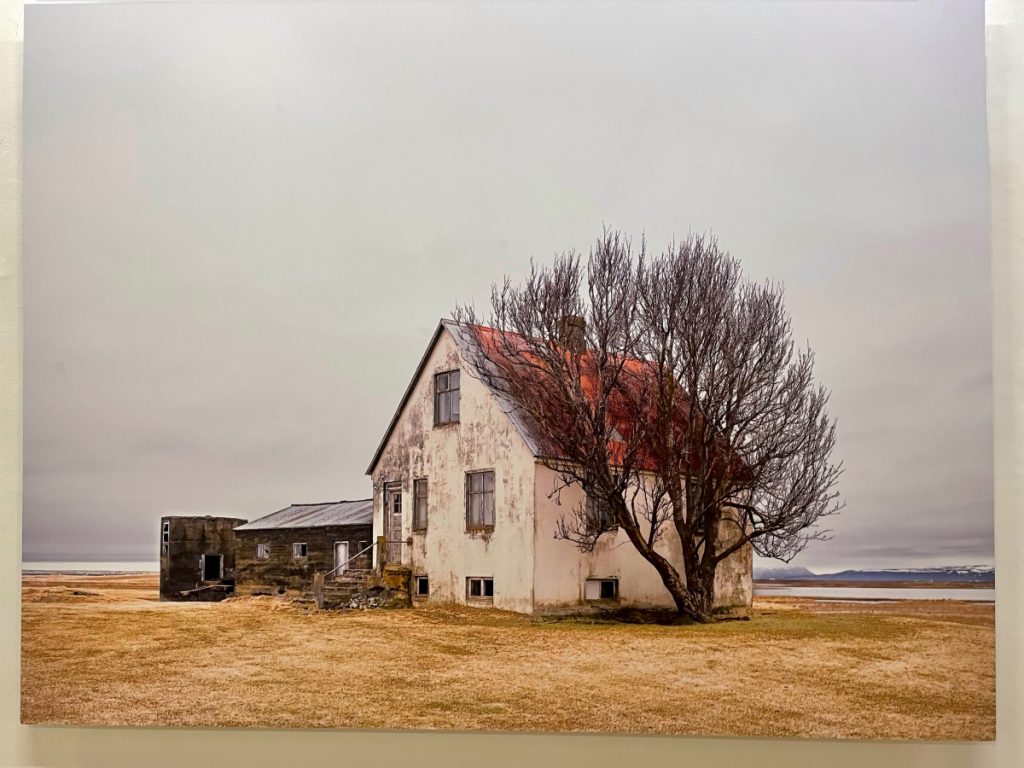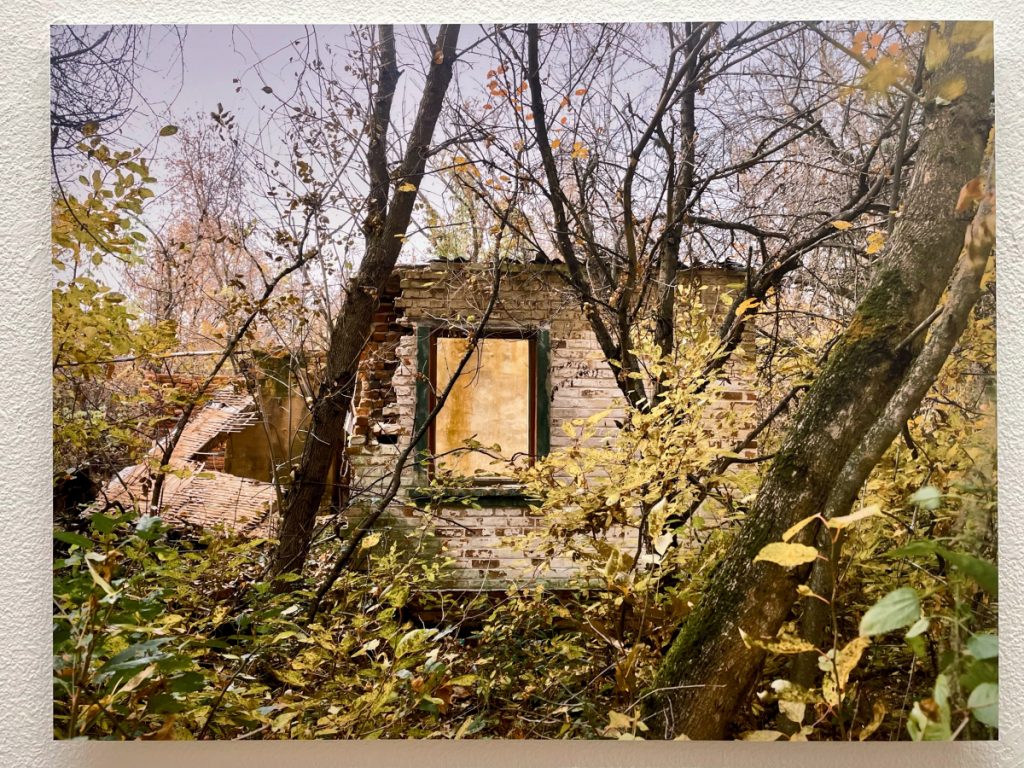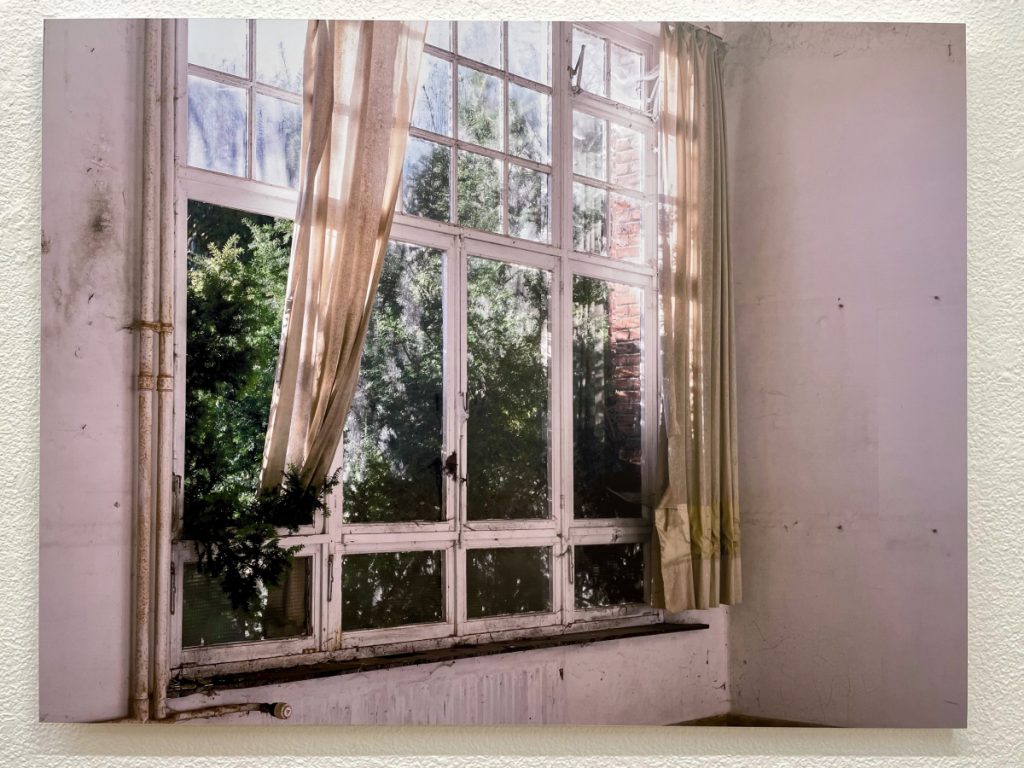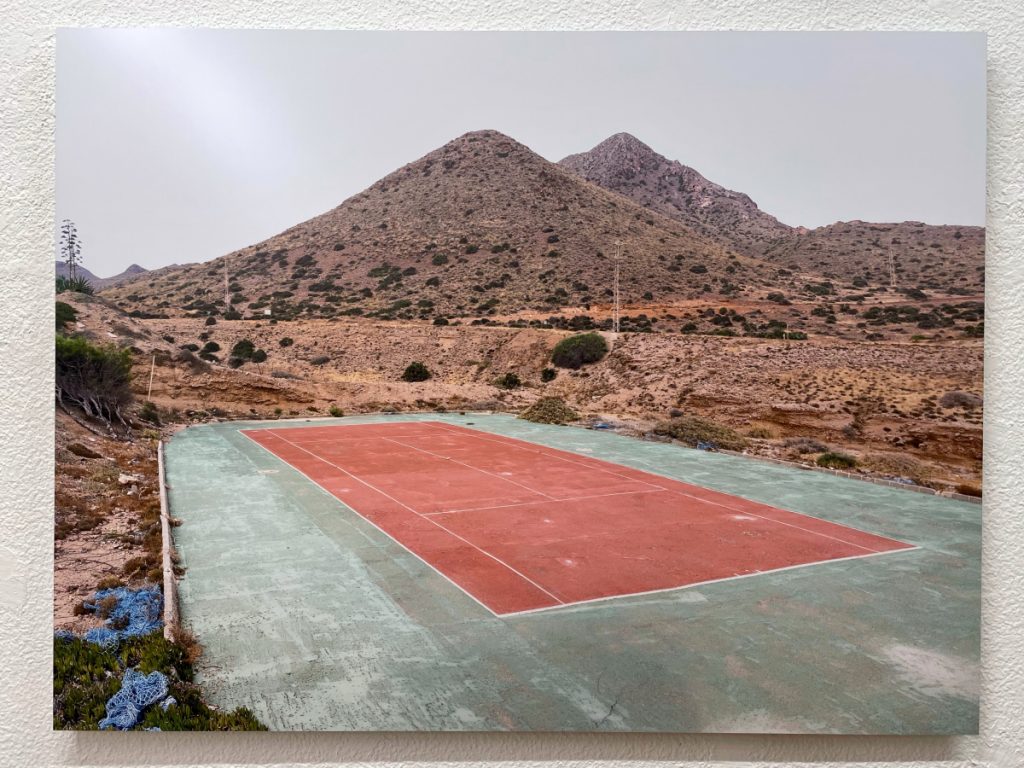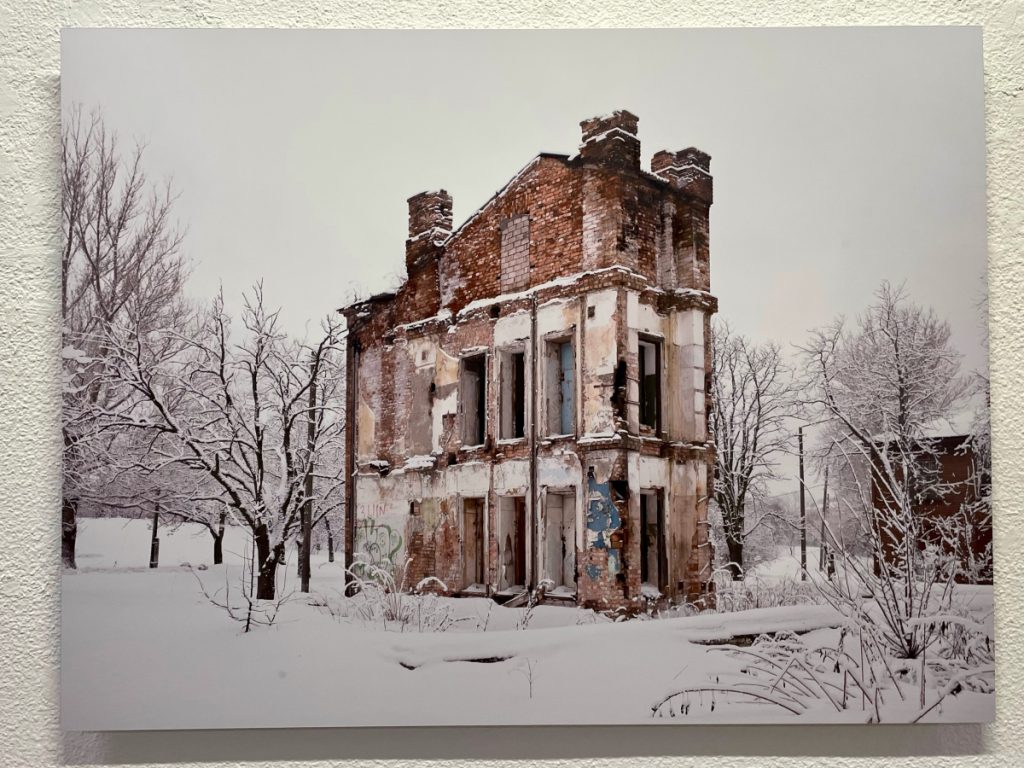A first visit to Bilbao was an exciting prospect with October chosen to hopefully be a little quieter. Spain’s economy has suffered in recent years and the first pandemic wave decimated the country further. But walking into the autumnal air of Bilbao was a wake-up call to the priorities of life. We found a city that was free of litter, traffic, and aggression but rich in positive socialising and life spent in the now. We talked a lot about how this felt and how it was maintained, and the fact that over 80% of Spanish businesses have fewer than 5 employees gave a clue. A family-based economy is dangerously prone to economic downturns but it kicks commercialism to the sidelines and prioritises the family unit. The UK has sold out to gluttonous pseudo-American consumerism but Bilbao showed us a lifestyle based on something richer and more desirable. All this got our right brains engaged and ready for some art appreciation.
Much has been written about the Guggenheim building in Bilbao. Designed by Frank Gehry, an American-Canadian, it was initially hated by many but now it defines the city as a forward-thinking creative hub. It is simply stunning to walk towards the building along the river as it shimmers in the Basque sunlight. Then you enter and every view and angle looks contorted and endlessly fascinating. The exhibition halls are equally impressive; huge in size, and beautifully lit and the work is so well spaced as to give it the attention it deserves.
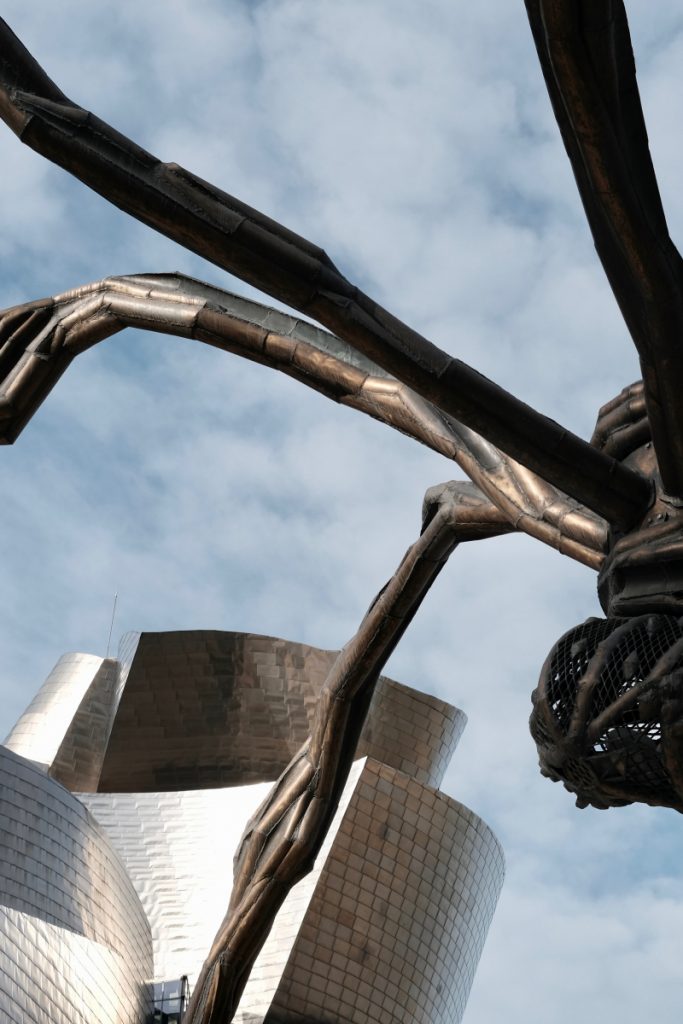
However, if I’m honest, I found some of the work mind expanding but other was pointlessly kitsch. Richard Serra’s huge rusty steel forms were astonishing as even with the crowds, we found solitude and experienced a powerful play on the senses. We were reduced to the size of a fly buzzing around vegetation, getting lost in flower heads and I felt knocked off the head of the food chain throne.
Then we had a Rothko, which I overheard a guide describe as ’challenging’, which it certainly was. But when you think about the tortured soul behind it, the sense of meaning explodes out of the canvas. It was hard to appreciate the Koons piece with so many selfie-takers cluttering the view. I have a love-hate relationship with Jeff Koons. His work props up the worst of the elite art world but it is flypaper for tourism as it draws in the masses to see art, which then allows them to be shown more ’meaningful’ work. Window dressing with kitsch maybe has its place.
The final piece that pricked my senses was Cy Twombly’s Discourses on Commodus which is shown as 9 canvases showing the stages of the murder of a Roman emperor. This 1963 series was hated by critics at the time and variously described as nothing but squiggles of pencil and some splats of paint. Forgive me, but have you just described every painting in the history of art? Yes, this is another work that is challenging but come on, the narrative here leaps out and smacks your forehead. I kid you not that I was transported into ancient Rome and heard screams in Latin and the thrust of blades. It reminded me once again of the power of a series of works in generating a unique narrative.
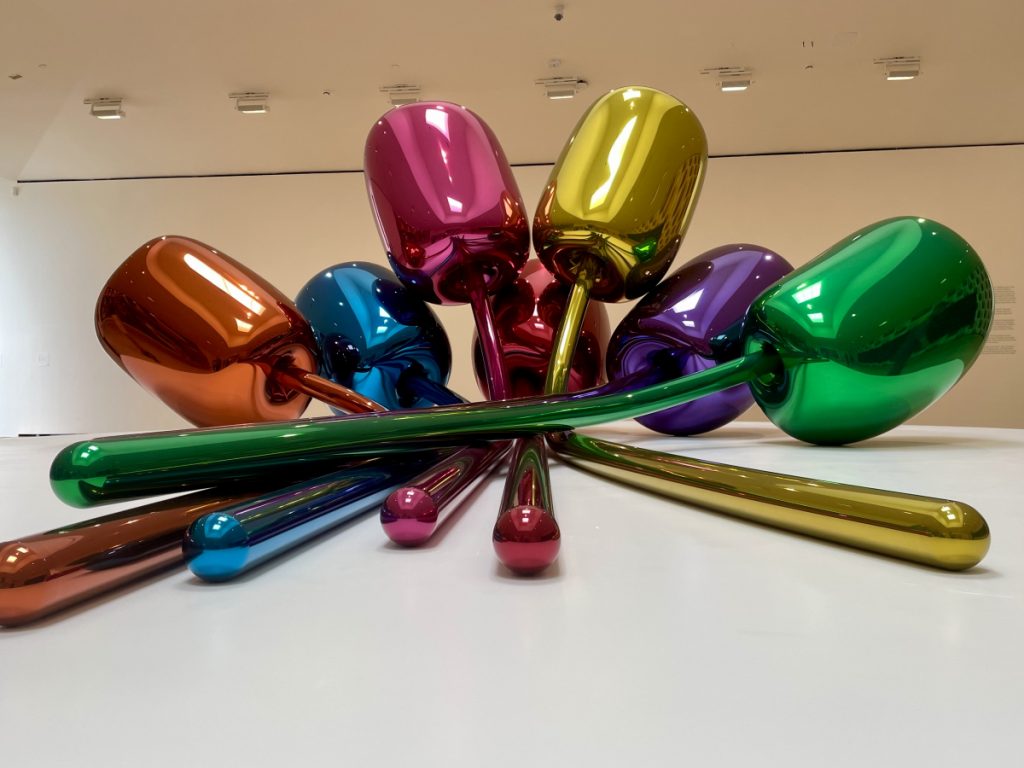
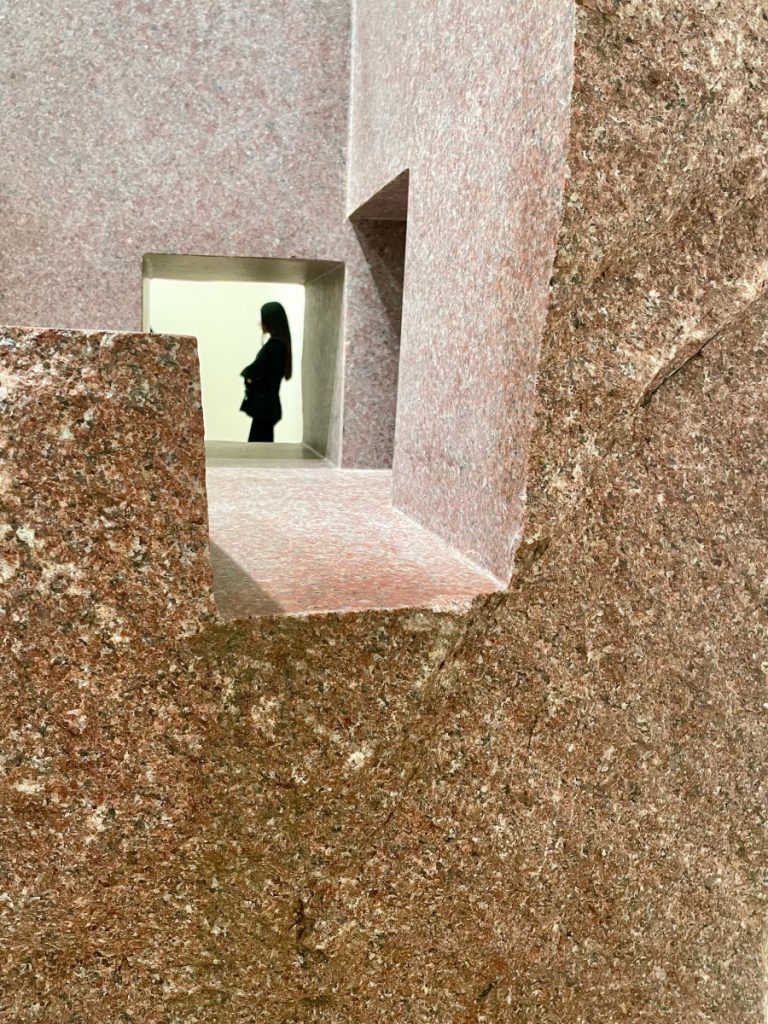
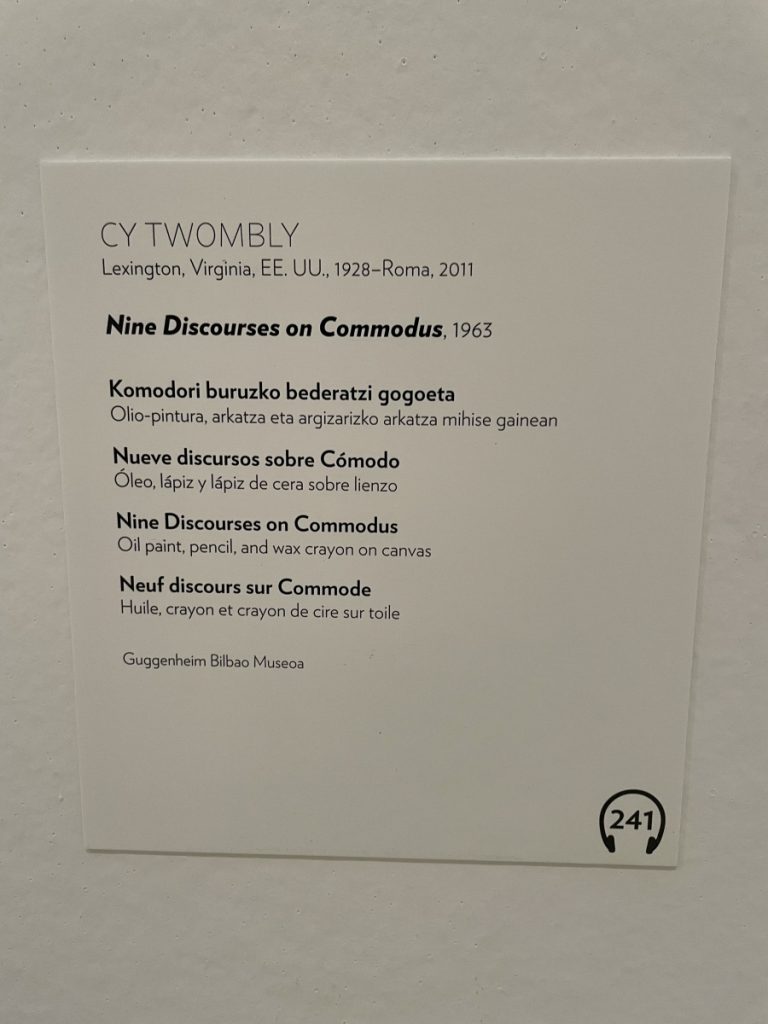
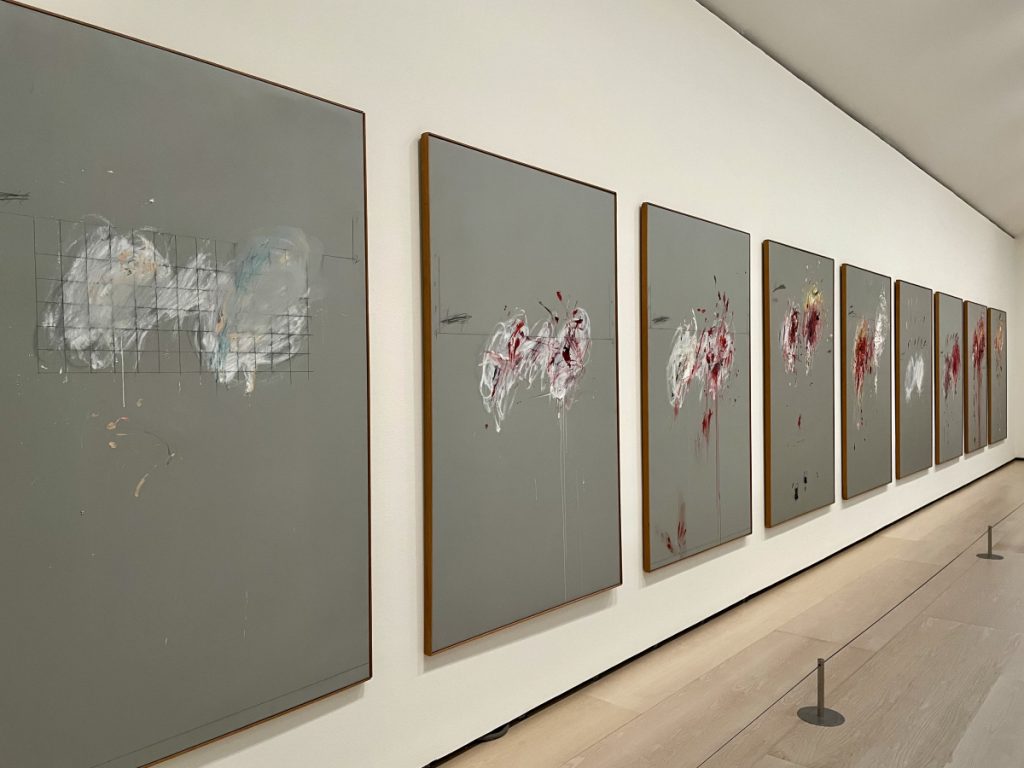
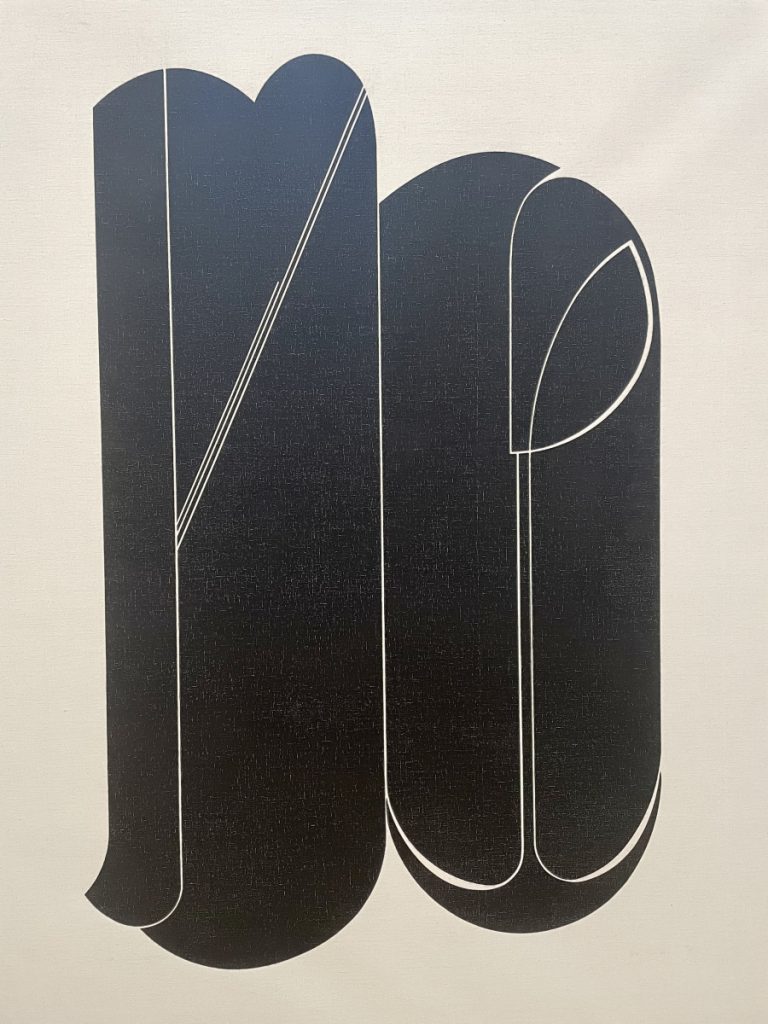
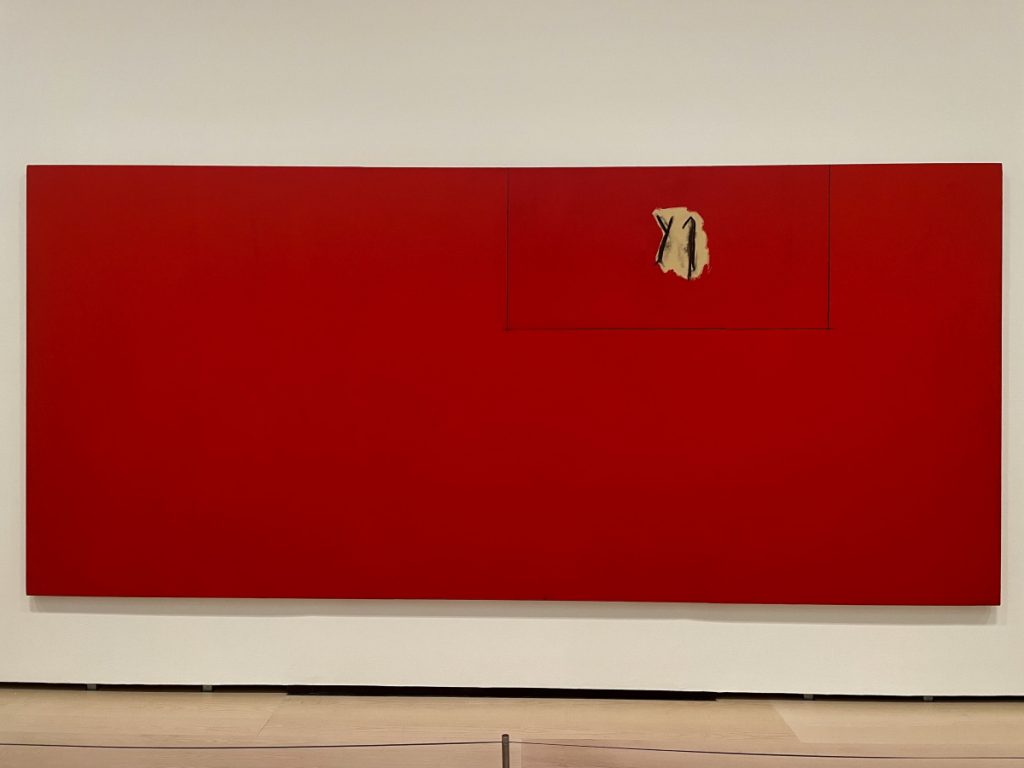
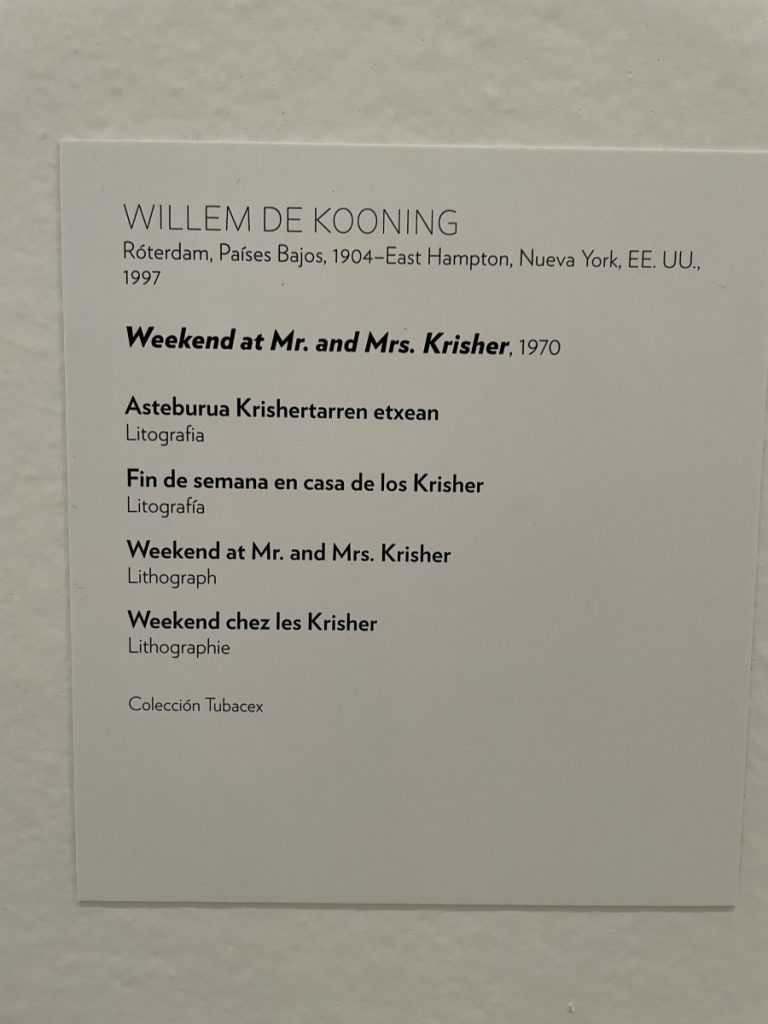
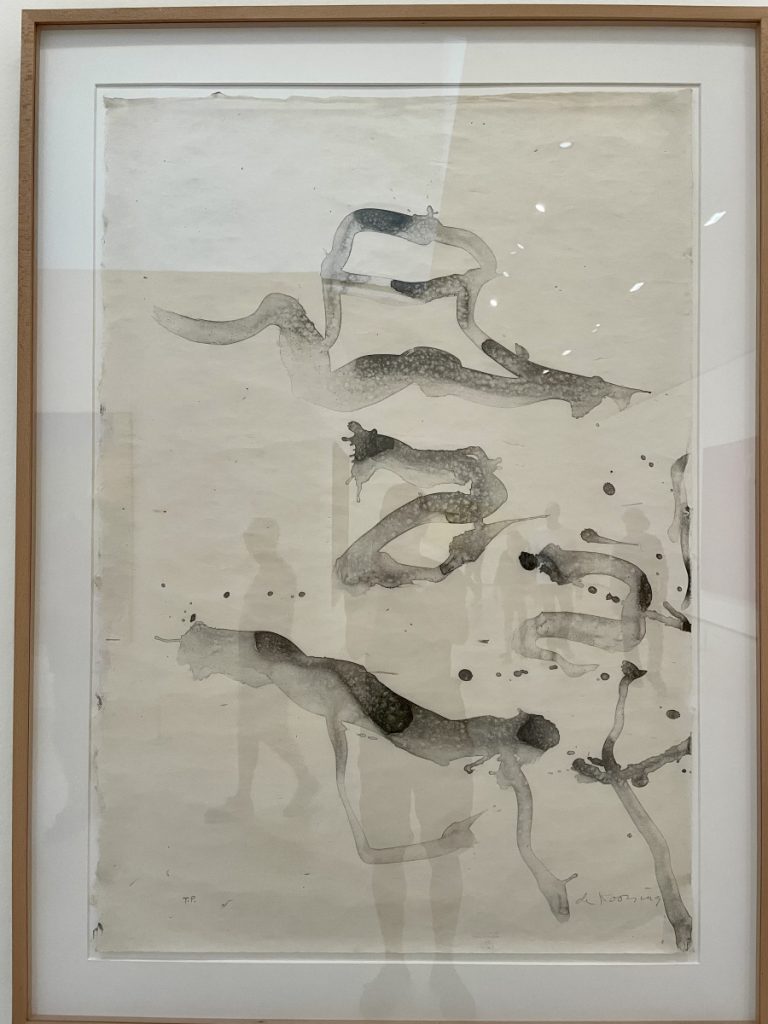

The next day we ventured to the Museum of Fine Arts which holds some equally significant works and it showcases the best of Basque art. Another beautiful building and the anticipation was high but unfortunately, the work didn’t really excite us that much. There were Bacon, Picasso, and early Goya portraits, which were nice to see in a quiet, reflective environment. However, the temporary exhibition, taking over most of the gallery space was given over to Sergio Prego and his site-specific Thirteen to Centaurus installation. A series of huge air-filled plastic bags filled most of the gallery space on the ground floor, which was an impressive achievement but we struggled to gain any insight into what the artist was trying to achieve. There was a reference to the radical experimentation with pneumatic architectural structures in the 1960s and 1970s, contrasting with the historic building but not much more.
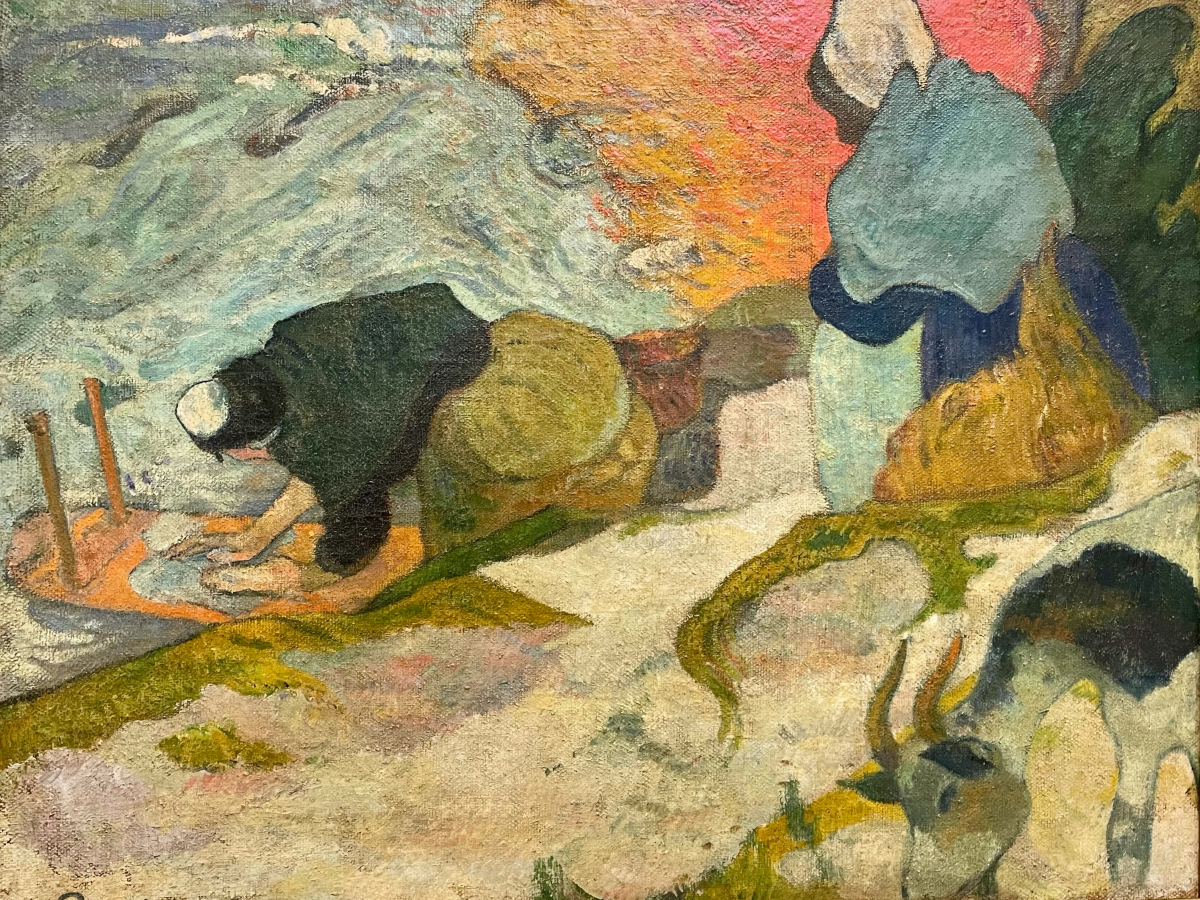

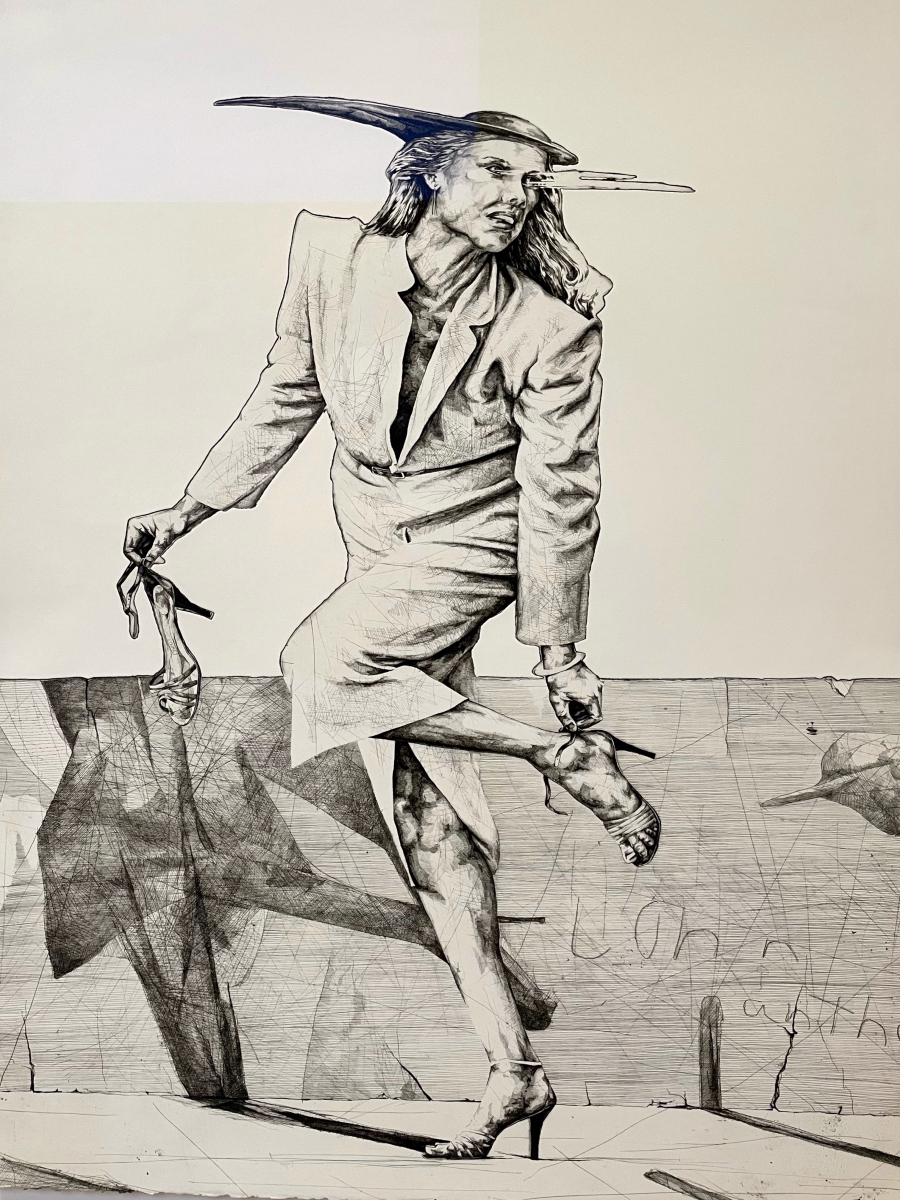

We were then reinvigorated by the small Juan Manuel Lumbreras gallery that was showing photography by Álvaro Sánchez-Montañés. On display was a series of huge, beautiful, high-resolution photographs of decaying architecture on aluminum Dibond. These were nondescript places that had been rescued by the photographer’s gaze, there were no people visible, only a melancholy of impending armageddon. This was very powerful work and formed a memorable endpoint for our visit. We’ll be back to Bilbao.
